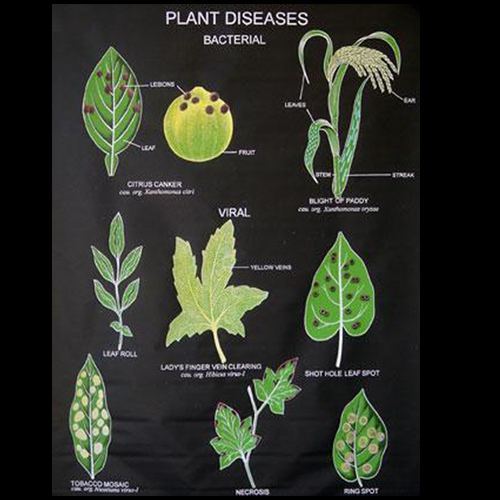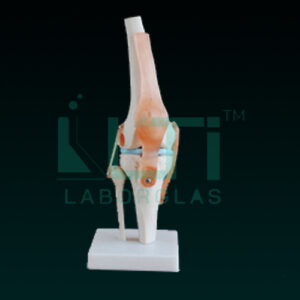We have exhaustive range of charts available with us.
Here are some common uses of botany charts:
- Plant Anatomy:
- Botany charts often depict the internal structures of plants, including roots, stems, leaves, flowers, and reproductive organs. These visuals help learners understand the organization and functions of different plant parts.
- Life Cycle of Plants:
- Charts illustrating the life cycle of plants, from seed germination to maturity and reproduction, are common in botany. These charts help explain the different stages in the life of a plant.
- Classification of Plants:
- Botany charts may show the classification of plants based on various criteria such as vascularization, flower structure, and seed types. This helps in understanding the diversity of plant life.
- Photosynthesis:
- Charts can illustrate the process of photosynthesis, detailing how plants convert sunlight into energy and produce oxygen. This is a fundamental concept in botany and plant biology.
- Plant Diseases:
- Charts can highlight common plant diseases, their symptoms, and methods of prevention or treatment. This is valuable for plant pathology studies.
- Ecology and Habitats:
- Some charts focus on the ecological aspects of plants, showing their habitats, interactions with other organisms, and adaptations to different environments.
- Genetics and Breeding:
- Charts may represent plant genetics, heredity, and breeding techniques. This is especially relevant in understanding how desirable traits are passed down and manipulated in plant breeding programs.
- Morphology:
- Detailed charts can illustrate the morphology of different plant species, showcasing variations in leaf shapes, flower types, and overall plant structures.
- Tissue Types:
- Botany charts often include visuals depicting different types of plant tissues (e.g., meristematic, ground, vascular), aiding in the study of plant structure and function.
- Botanical Illustrations:
- Some charts feature detailed botanical illustrations of specific plant species, highlighting key characteristics and botanical details.





